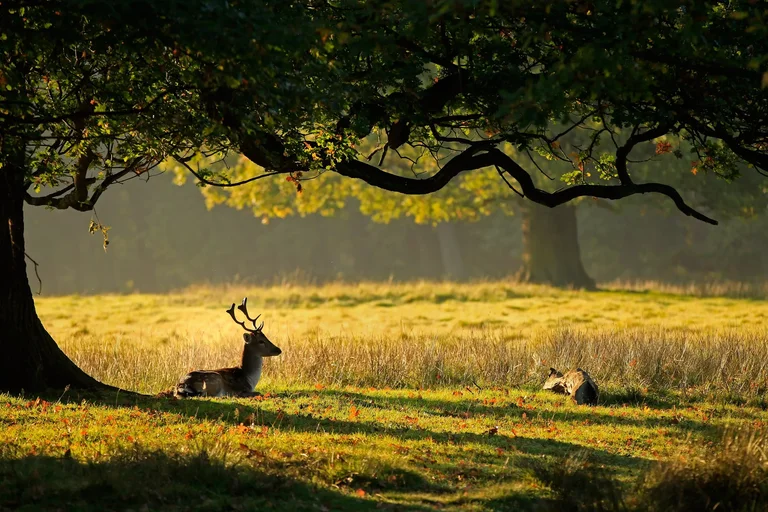
Wildlife In The UK Struggling With Heat Stress
An environmental expert has warned animals, plants, and insects will experience additional stress as a result of the third heatwave predicted for the nation.
How Heatwaves Disrupt Wildlife Behavior & Survival:
In the UK, hot summers are growing more frequent, and although humans may appreciate the warmth, wildlife is struggling to survive. As temperatures rise, fish, birds, mammals, and insects are all suffering.
The Changing Climate of the UK:
The UK, which has historically had a temperate climate, is seeing longer, hotter, and dryer summers. According to the Met Office, the past few years have seen record-breaking temperatures, with the UK seeing its first-ever day of 40°C in 2022. In addition to being uncomfortable for people, these conditions have the potential to be fatal for wildlife.
Heat Stress and Its Effects on Animals:
When animals lack the ability to properly control their body temperature, heat stress results. This can result in dehydration, reduced reproductive success, and even death for many species found in the UK, especially those that are adapted to colder climate.
- Birds: Many birds suffer in extreme heat as water sources dry up.As water supplies dry up in intense heat, many birds suffer. When dry soil renders their prey unavailable, worm-foraging species such as birds and the blackbird suffer. Furthermore, eggs or chicks can become overheated due to high nest temperatures.
- Hedgehogs: Hedgehogs, which are already in loss, are especially at risk. Heat exhaustion can result from high temperatures and limited access to water. Long-term heat can also lower insect populations, which are an important source of food.
- Amphibians: Ponds and wetlands are essential for the growth and survival of frogs, insects, and toads. In hot spells, dryness can dry up important shelters and harm breeding grounds.
- Insects: Butterflies and bees are examples of pollinators that are extremely sensitive to temperature variations. Overheating may shorten flowering seasons and decrease nectar supply, which can cause decreases in population.

Shifting Ecosystems and Mismatched Timings:
Annual cycle disturbance is one of the more minor but important impacts of heat stress. Plants and animals are very responsive to specific seasonal cues. Phenological mismatch happens when birds breed too early and find that their food sources are unavailable when the chicks hatch due to hotter springs and earlier heatwaves.
In the same way, warmer winters may cause hibernating animals, such as bats and rats, to emerge earlier than expected, only to be faced with a shortage of food or pushed back into cold spells for which they are not adapted.
How You Can Help:
- Provide water: Placing shallow water dishes to gardens or greenery provides birds, animals, and insects with important hydration.
- Keep Gardens Wild: Native plants and trees provide habitat and cool shelter. For many species, trees help control humidity and temperature.
- Reduce carbon footprints: Fixing the root cause of the problem is made easier by promoting climate policy, reducing carbon dioxide emissions, and supporting renewable energy.
- Create wildlife-friendly ponds: In dry seasons, insects and frogs can be supported by small water features.
The UK’s wildlife is an essential component of the country’s natural history and not just a feature of the landscape.As the climate warms, these animals are under unprecedented challenges. Preserving ecosystems, food systems, and the equilibrium of nature is more important than merely protecting species when it comes to understanding and managing heat stress.
For More Article>https://www.climatechallange.com/how-does-climate-change-affect-animal-habitats/